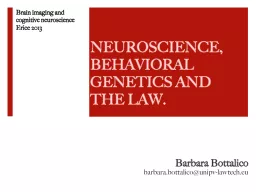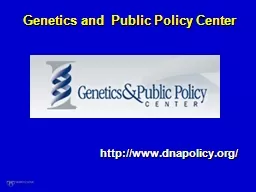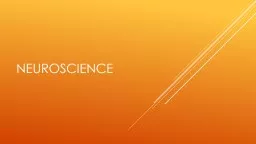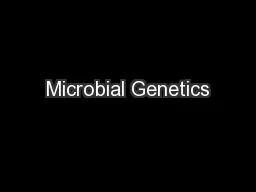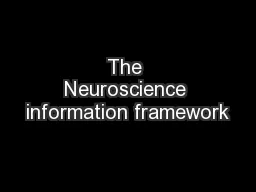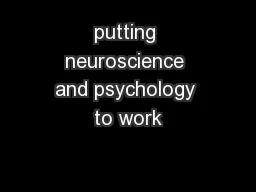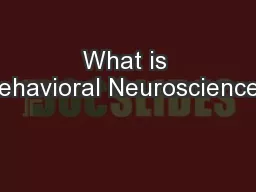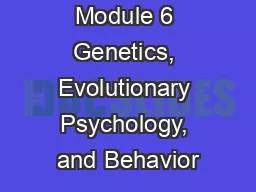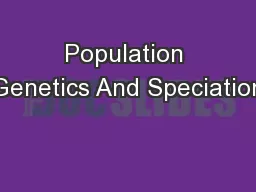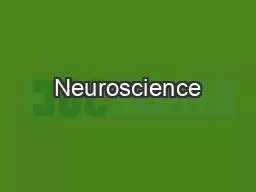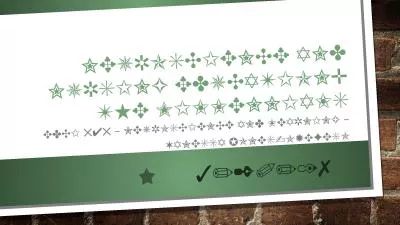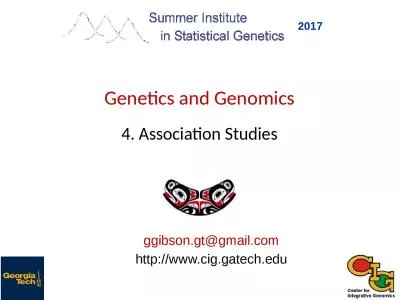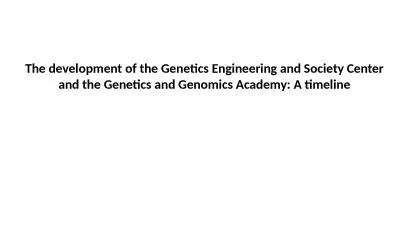PPT-NEUROSCIENCE, BEHAVIORAL GENETICS AND THE LAW.
Author : articlesnote | Published Date : 2020-06-20
Barbara Bottalico b arbarabottalicounipvlawtecheu Brain imaging and cognitive neuroscience Erice 2013 LAWYER RESEARCH FELLOW http wwwunipvlawtecheulang1 indexhtml
Presentation Embed Code
Download Presentation
Download Presentation The PPT/PDF document "NEUROSCIENCE, BEHAVIORAL GENETICS AND TH..." is the property of its rightful owner. Permission is granted to download and print the materials on this website for personal, non-commercial use only, and to display it on your personal computer provided you do not modify the materials and that you retain all copyright notices contained in the materials. By downloading content from our website, you accept the terms of this agreement.
NEUROSCIENCE, BEHAVIORAL GENETICS AND THE LAW.: Transcript
Download Rules Of Document
"NEUROSCIENCE, BEHAVIORAL GENETICS AND THE LAW."The content belongs to its owner. You may download and print it for personal use, without modification, and keep all copyright notices. By downloading, you agree to these terms.
Related Documents

